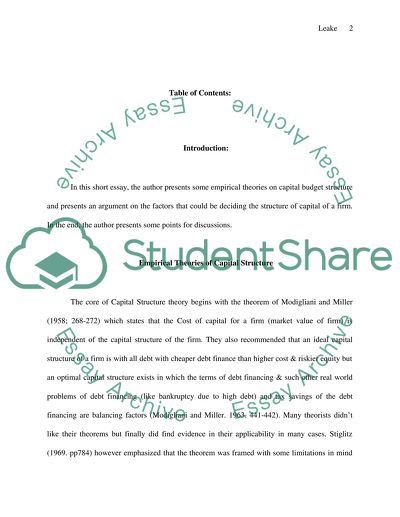Cite this document
(“Capital Structure Essay Example | Topics and Well Written Essays - 1500 words”, n.d.)
Capital Structure Essay Example | Topics and Well Written Essays - 1500 words. Retrieved from https://studentshare.org/miscellaneous/1522024-capital-structure
Capital Structure Essay Example | Topics and Well Written Essays - 1500 words. Retrieved from https://studentshare.org/miscellaneous/1522024-capital-structure
(Capital Structure Essay Example | Topics and Well Written Essays - 1500 Words)
Capital Structure Essay Example | Topics and Well Written Essays - 1500 Words. https://studentshare.org/miscellaneous/1522024-capital-structure.
Capital Structure Essay Example | Topics and Well Written Essays - 1500 Words. https://studentshare.org/miscellaneous/1522024-capital-structure.
“Capital Structure Essay Example | Topics and Well Written Essays - 1500 Words”, n.d. https://studentshare.org/miscellaneous/1522024-capital-structure.


